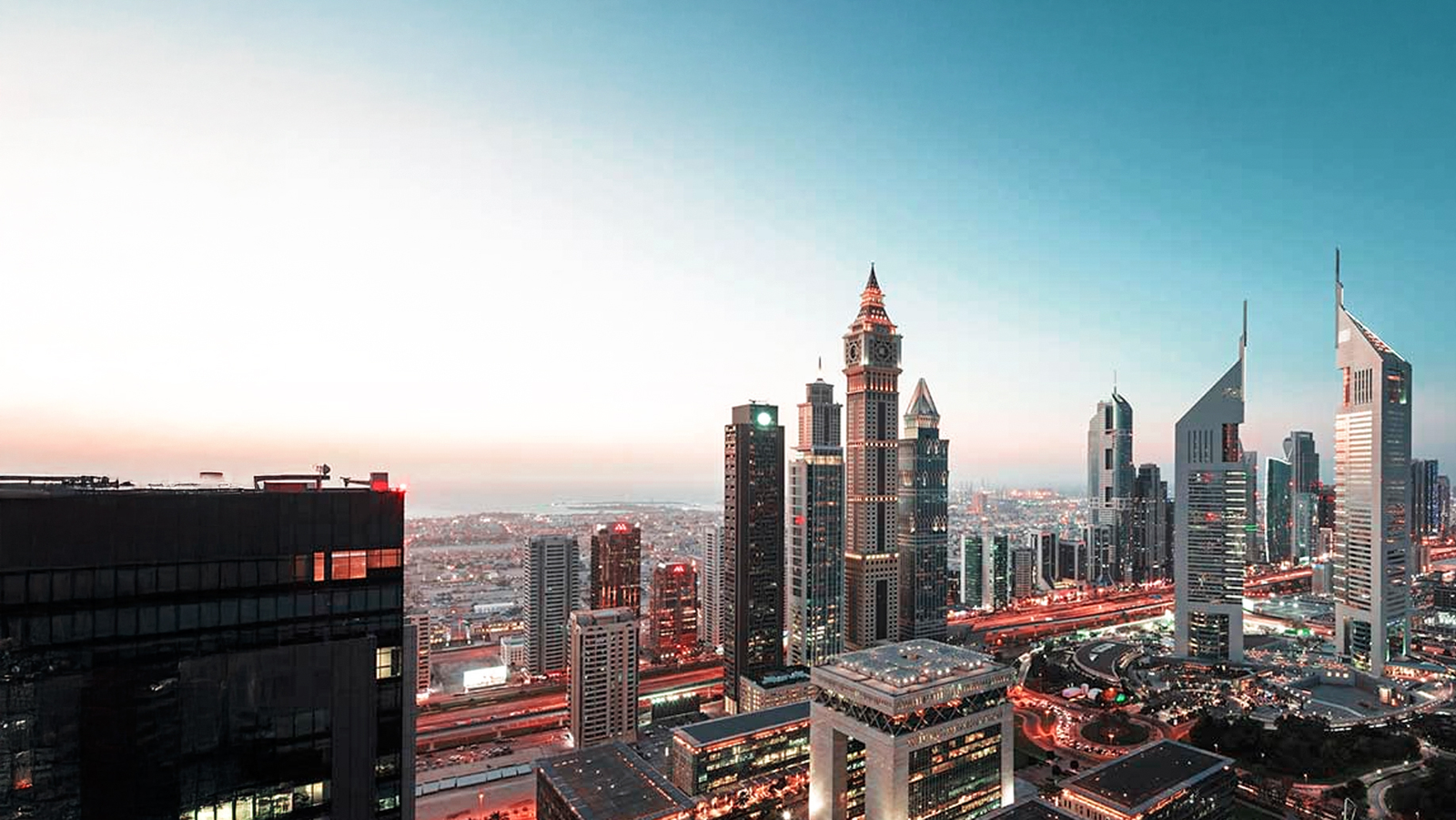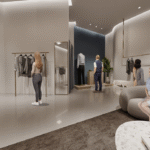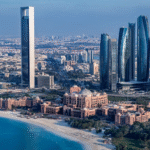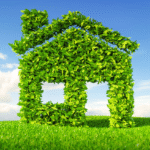Now Reading: How UAE Is Building 10 Powerful Green Urban Projects By 2025
-
01
How UAE Is Building 10 Powerful Green Urban Projects By 2025
How UAE Is Building 10 Powerful Green Urban Projects By 2025
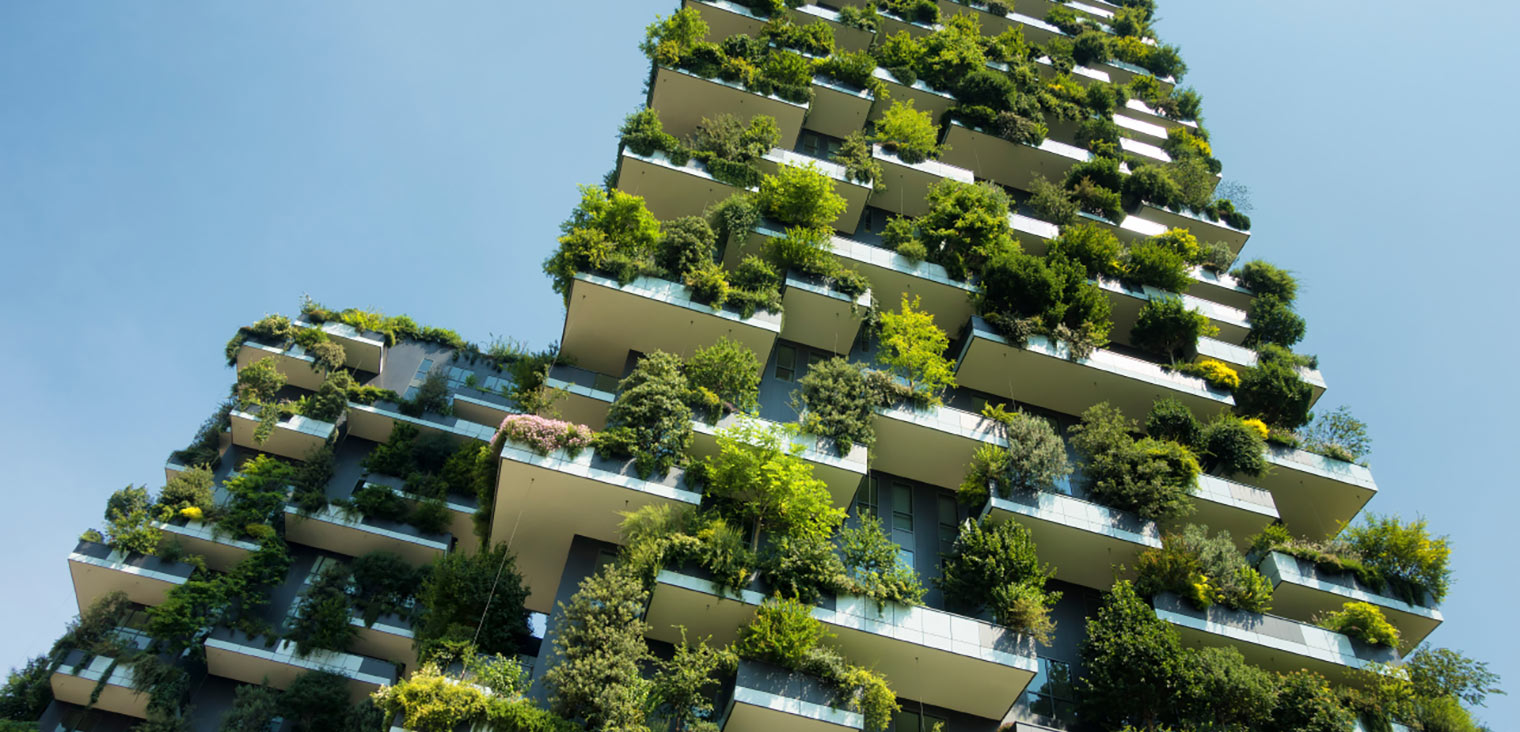
Table of Contents
When it comes to innovation and ambition, the United Arab Emirates (UAE) has never been afraid to think big. Over the past few decades, the country has transformed itself from a desert landscape into one of the world’s most modern hubs for business, tourism, and technology. But now, the UAE is setting a new benchmark this time in sustainable urban planning. With smart cities, renewable energy projects, and eco-friendly infrastructure, the UAE is working to ensure its growth does not come at the cost of the planet.
A Vision for Greener Cities
Urban planning in the UAE has always been guided by long-term vision, and sustainability is now at the heart of that vision. The leadership, through strategies like the UAE Net Zero 2050 initiative, is aiming to achieve net-zero carbon emissions by the middle of the century. This means future city planning, infrastructure, transportation, and housing must all align with sustainable practices.
Dubai, Abu Dhabi, and Sharjah are leading examples of how sustainability is being built into urban life. The approach goes beyond planting trees or reducing waste. Instead, it includes rethinking how cities are designed, how people move within them, and how natural resources are used.
The Rise of Smart and Sustainable Cities
One of the UAE’s most ambitious projects is Masdar City in Abu Dhabi. Often called the “city of the future,” Masdar is designed to be a model of sustainable living. It integrates renewable energy, low-carbon transport systems, energy-efficient buildings, and waste-recycling programs.
Dubai is also making strides with its Dubai 2040 Urban Master Plan, which aims to create a city that balances economic growth with environmental responsibility. Under this plan, 60% of the city’s area will be covered by nature reserves and natural spaces, while green corridors will connect residential, commercial, and leisure areas.
Sharjah, meanwhile, has taken bold steps in waste management through Bee’ah, a company that has pioneered recycling and clean energy solutions. Its new headquarters, designed by the late architect Zaha Hadid, is one of the most sustainable office buildings in the world, powered entirely by renewable energy.
Renewable Energy at the Core
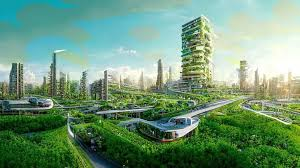
The UAE has invested heavily in renewable energy, which plays a key role in sustainable urban planning. The Mohammed bin Rashid Al Maktoum Solar Park in Dubai is the world’s largest single-site solar project. It will generate 5,000 megawatts of clean energy by 2030, cutting millions of tons of carbon emissions.
In Abu Dhabi, the Noor Abu Dhabi solar plant is another milestone, providing power to nearly 90,000 homes while reducing CO2 emissions significantly. These projects help ensure that the electricity powering future cities comes from clean sources rather than fossil fuels.
Redefining Urban Mobility
Transportation is one of the biggest challenges in urban sustainability, and the UAE is addressing it with futuristic solutions. Dubai has invested in electric buses, hybrid taxis, and plans for autonomous vehicles. The city is also preparing to launch flying taxis, which could reduce traffic congestion and emissions.
The introduction of the Dubai Metro Green Line and expansion of public transport systems show how the country is reducing dependence on private cars. At the same time, cycling tracks, pedestrian-friendly zones, and electric vehicle charging stations are being introduced to encourage greener lifestyles.
Sustainable Architecture and Green Buildings
Another area where the UAE is setting an example is sustainable architecture. The country has adopted green building codes like the Estidama Pearl Rating System in Abu Dhabi and the Dubai Green Building Regulations, which ensure new developments are energy-efficient, water-conscious, and eco-friendly.
Landmark projects such as the Sustainable City in Dubai are real-world examples of these standards in action. This residential community runs on renewable energy, recycles its water, and uses sustainable farming methods to grow food locally. The city has become a model for how urban living can be both luxurious and environmentally responsible.
Balancing Growth With Conservation
The UAE is also ensuring that economic growth does not overshadow environmental conservation. Protected areas like the Dubai Desert Conservation Reserve and the Sir Bani Yas Island nature reserve demonstrate the country’s commitment to biodiversity alongside urban development.
Even major events are planned with sustainability in mind. Expo 2020 Dubai showcased sustainable architecture, renewable energy, and eco-friendly transportation, leaving behind infrastructure that continues to serve the community sustainably.
The Role of Technology and Innovation
What makes the UAE stand out is its integration of advanced technology in sustainable planning. Artificial intelligence, big data, and Internet of Things (IoT) systems are being used to monitor energy use, reduce water waste, and improve traffic flow. Smart sensors in buildings and public spaces help optimize electricity and water consumption in real time.
These innovations not only reduce environmental impact but also improve the quality of life for residents. Cleaner air, reduced traffic, and greener surroundings make cities more livable and attractive to global investors, businesses, and talent.
Challenges Ahead

While progress is remarkable, challenges remain. The UAE faces harsh climatic conditions, with extreme heat and limited freshwater resources. Rapid population growth and urban expansion also put pressure on sustainable planning.
However, the country has turned these challenges into opportunities for innovation. For instance, investments in desalination plants powered by solar energy are addressing water scarcity in a sustainable way. Urban planners are also designing buildings that reduce heat absorption, lowering the need for air conditioning.
A Model for the World
The UAE’s journey in sustainable urban planning is not just about building eco-friendly cities—it is about setting an example for other nations. With a clear vision, strong leadership, and bold investments, the country is proving that rapid urban development can go hand in hand with environmental responsibility.
As global cities grapple with climate change, pollution, and overcrowding, the UAE is showing that sustainable planning is not just a choice but a necessity for future generations.
Conclusion
From Masdar City to Dubai’s master plan and Sharjah’s recycling revolution, the UAE is leading the way in sustainable urban planning. Through renewable energy, smart mobility, and eco-friendly design, the country is rewriting the rulebook for city living.
By focusing on both innovation and conservation, the UAE is not only shaping its future but also offering a blueprint for the rest of the world. In the decades to come, the cities of the UAE may well stand as global symbols of how to build sustainable, resilient, and livable urban spaces.
READ MORE:- Inside the World of Business Acquisitions: Secrets of Corporate Growth 2025




